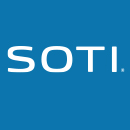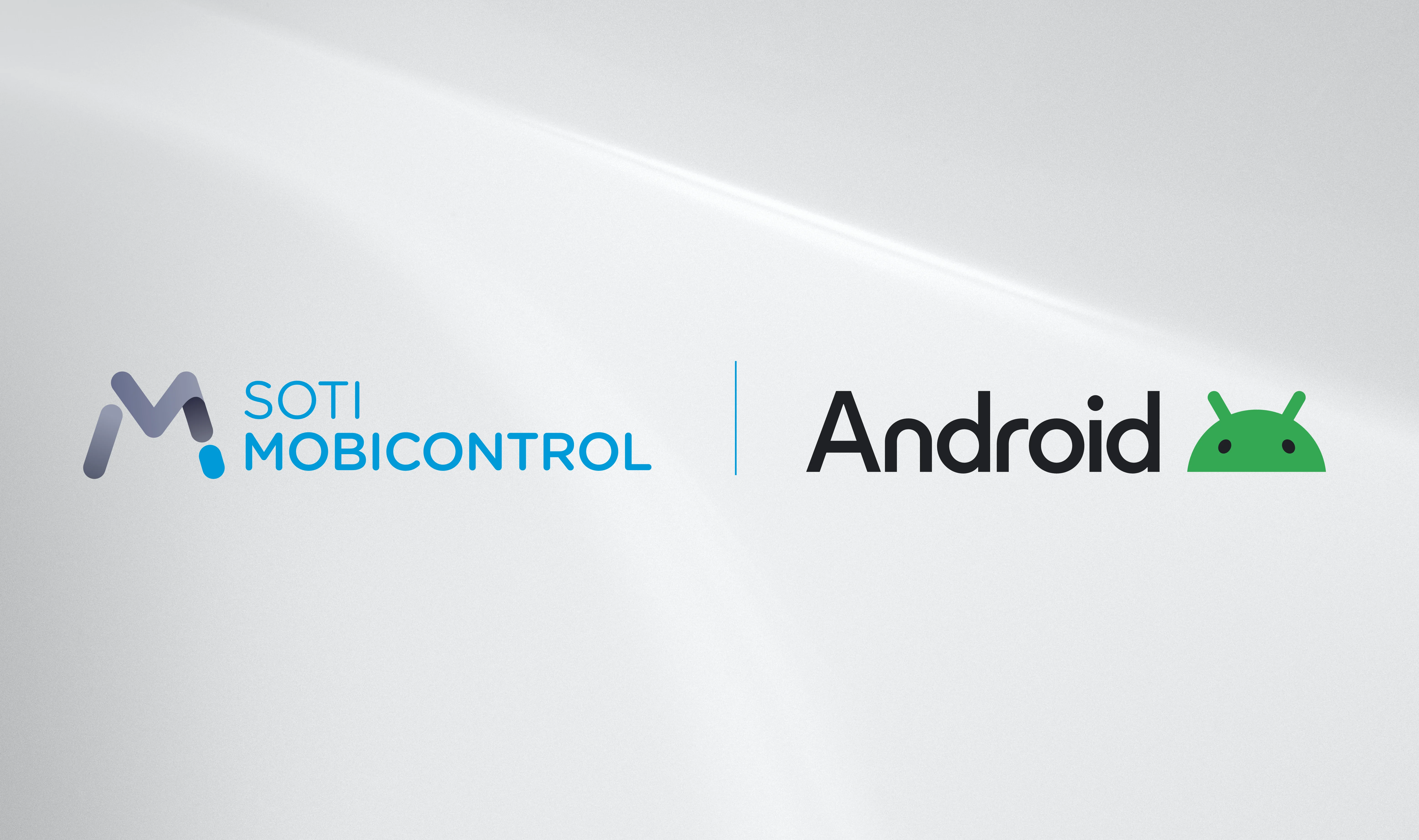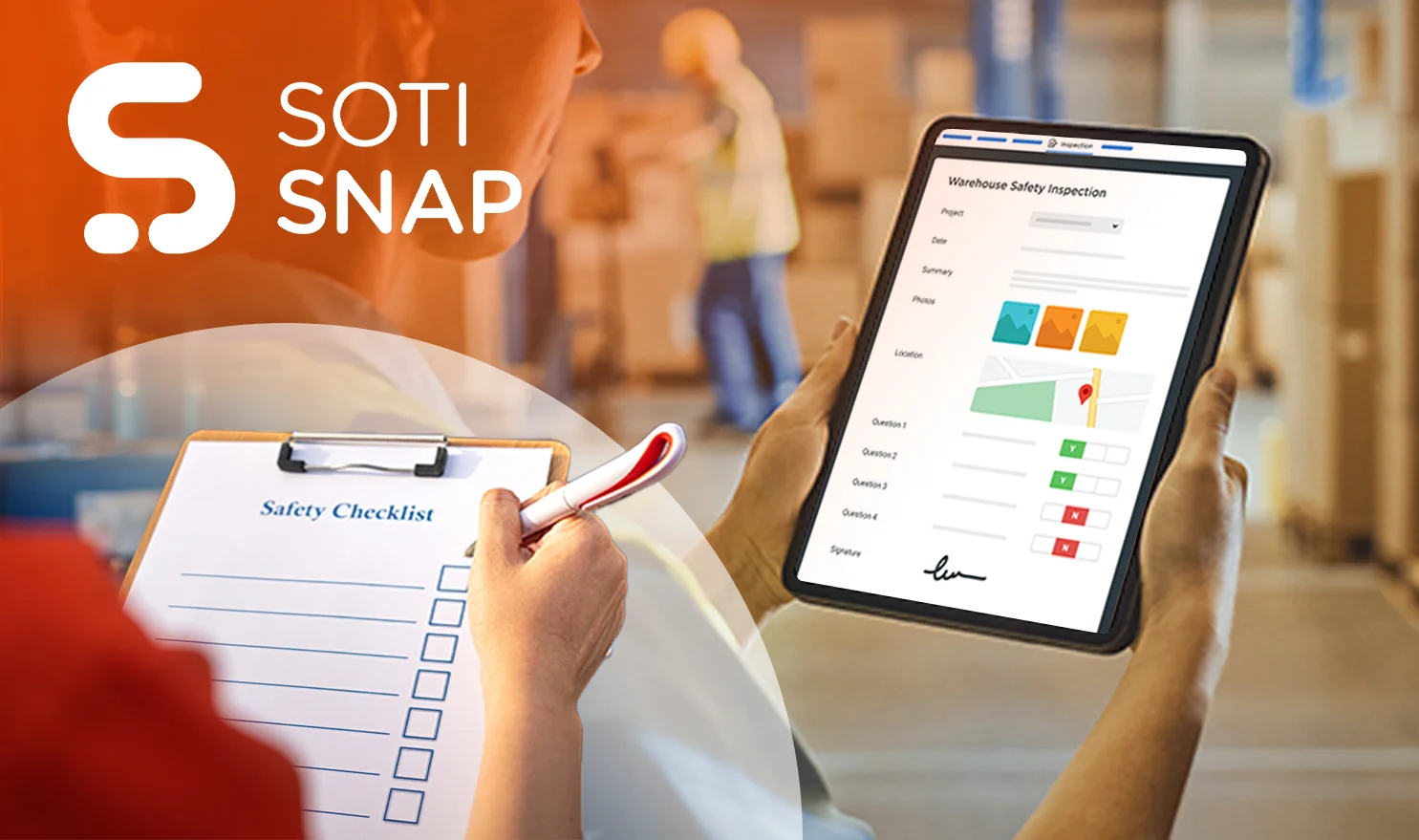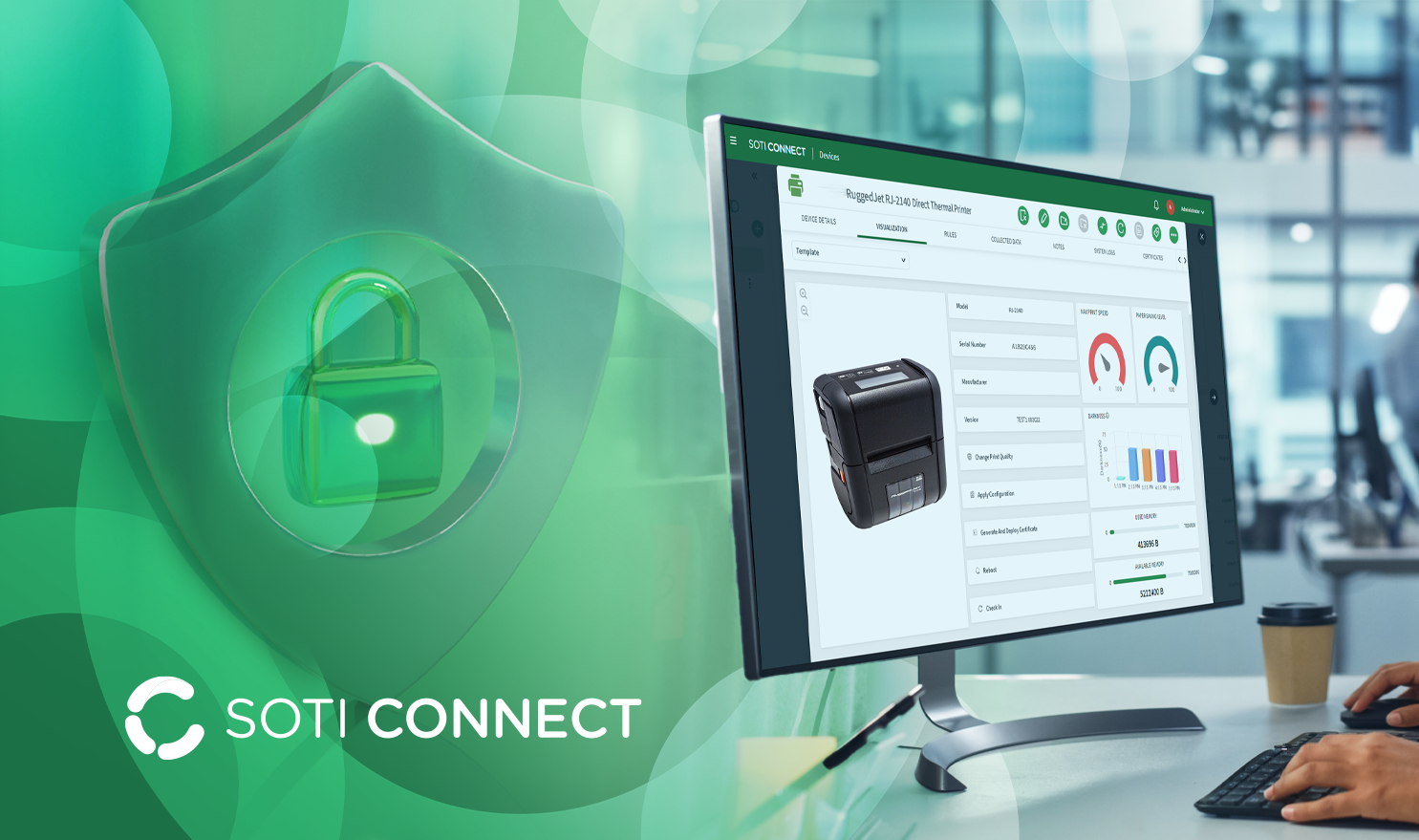Healthcare Technology | Improving Things for Staff & Patients | SOTI

Walk into any healthcare setting – a hospital, a general medical practice or a specialist clinic – and you’re bound to see all types of technology in action. Based on the strain the COVID-19 pandemic put on the industry, and as evidenced by the latest SOTI industry report, A Critical Investment: Taking the Pulse of Technology in Healthcare, organizations are increasingly investing in technology:
- 98% of clinics have implemented Internet of Things (IoT)/telehealth medical device capabilities
- 70% of healthcare organizations use devices for remote health monitoring
- 55% of organizations provide patients with wearables for remote patient monitoring (RPM)
It’s clear that organizations are spending and investing in healthcare technology, but what are they looking to get out of it? Who truly benefits and how?
WHERE ARE THE BIGGEST INVESTMENTS IN TECH IN HEALTHCARE TAKING PLACE?
Find out in your free copy of A Critical Investment: Taking the Pulse of Technology in HealthcareImproving Efficiencies with Healthcare Technology
In healthcare, efficiency is everything. Whether it’s collecting patient triage data, sharing information among staff or reviewing test results, it must be done quickly. The faster it’s done, the better it is for everyone: frontline workers, support staff and, of course, patients.
Therefore, it’s quite shocking to learn that in healthcare, $765 billion (USD) is lost or wasted due to inefficiencies. What and where are these inefficiencies exactly? Here are some examples:
- Data Duplication: Logically, patient information should only need to be captured once, but that isn’t the case. In 2018, it was discovered that an average of 18% of patient records are duplicated at a cost of $1,950 (USD) per patient.
- Lack of Information Sharing: If patient vital signs are collected at 1 p.m., entered into a system at 3 p.m. and reviewed at 4 p.m., that information is essentially useless. It can’t be used to determine a diagnosis or to make any other decisions to help the patient.
- Poor Patient Navigation: Hospitals have become so large that 33% of first-time visitors get lost in them. Meanwhile, a study in the UK found that navigation problems in hospitals contributed to 6.9 million missed hospital appointments at a cost of £108 (GBP) per appointment.
Technology in healthcare can help alleviate these issues, which leads to better patient experiences and, hopefully, shorter hospital stays.
Using apps to capture and share data eliminates the need to fill out multiple forms with the same information and ensures all relevant information is captured. Store-and-forward IoT/telehealth devices (which, per SOTI’s report, are used by 63% of organizations) allow data to be collected, stored and retrieved safely. Digital signage, touchscreen kiosks and interactive maps or wayfinding apps can help patients find their way.
Supporting Frontline Workers and Patients Through Technology in Healthcare
Without dedicated and skilled frontline workers, healthcare would crumble. As the pandemic showed, doctors, nurses, clinicians and support staff need every tool available to provide quality, timely care in trying circumstances.
That’s where healthcare technology comes in. It enables frontline healthcare workers to stay connected to their patients and vice versa. According to our 2022 healthcare report, 66% of organizations are using devices which include video call or live chat software (telemedicine) and the results for both patients and practitioners are extraordinary:
- Video consultations are seven minutes longer compared to in-person appointments. Patients don’t feel rushed, and doctors are able to truly gather all the information they need to better treat them.
- The average doctor’s appointment is 121 minutes long, and only 20 of those minutes are spent with the doctor. The other 101 minutes are spent commuting to the office and in the waiting room. Telemedicine eliminates the need to travel and wait…and wait…and wait.
- 91% of patients say telemedicine would help them stick to appointments and better follow wellness regimens.
- Telemedicine can increase job satisfaction as 75% of healthcare providers say telemedicine helps provide quality care for their patients.
Technology in healthcare also allows patients greater visibility and control over their own health. As per A Critical Investment: Taking the Pulse of Technology in Healthcare, 46% of healthcare organizations offer RPM through non-wearables such as apps.
This allows patients to record information accurately in real-time. Apps also provide a sense of empowerment by helping patients decide when they should call a doctor or when an over-the-counter medication would suffice. Patients receive more knowledge and valuable resources, and clinics are conserved for more urgent issues.
Using Healthcare Technology to Save Time and Lives
The past two years for healthcare, like every other industry, have been tumultuous. By having its hand forced by the pandemic, technology in healthcare has evolved at a rapid pace. There’s no turning back. Doctors, healthcare workers and patients alike want more of the flexibility and control healthcare technology affords.
Equipment, devices, medicines and treatments are all becoming digitized. The challenge for healthcare IT professionals becomes how to successfully integrate new technology into existing systems (for healthcare settings), and by proxy, into existing habits (for patients), so the benefits are realized almost instantaneously.








